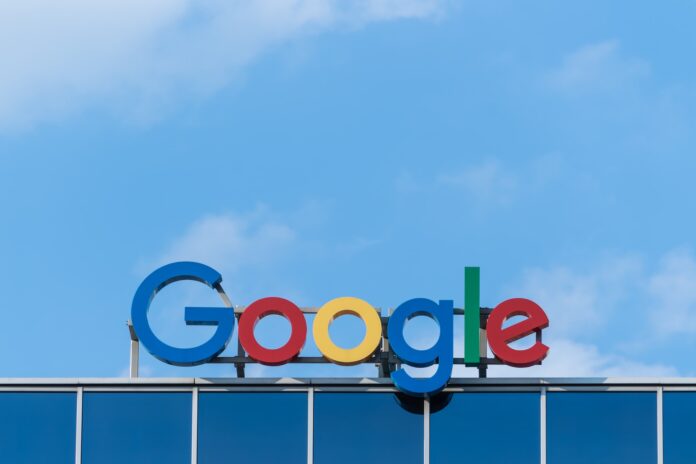Google opens Bard AI waitlist, giving interested users the opportunity to sign up and receive an invitation to access the experimental version of its generative AI chatbot.
On Tuesday, the search engine giant Google announced that it has opened access to Bard, a generative AI chatbot intended to compete with ChatGpt offered by OpenAI, which Microsoft uses in its Bing Chat. The company has granted early access to Bard, which has initially been rolled out in the US and UK. However, Google plans to expand access to Bard over time to more countries and languages.
Google has highlighted the potential applications of Bard by stating that users can use it to boost their productivity, accelerate their ideas, and fuel their curiosity. According to Google’s blog post, users can ask Bard for tips to achieve their goals, such as reading more books, or requesting explanations of complex topics, such as quantum physics, in simple terms.
Bard, much like other advanced chatbots, is powered by a language-wide model (LLM). LLMs are essentially advanced deep learning algorithms with a range of abilities that include translation, summarization, and more, powered by massive amounts of text. The LLM used by Bard is a lightweight variant of LaMDA, Google’s main natural language processing model.
Google has been working on generative AI chatbots for several years, with Bard being the latest iteration of their efforts. The company first announced its plans to test generative AI in-house in January. Bard is built on the foundation of the work done in Google’s AI Test Kitchen, which launched in August 2022. Prior to this, Google had been working on a machine learning program for generating natural-sounding language starting in 2017.
According to Google’s blog post, an LLM is akin to a prediction engine. When it receives a prompt, it generates a response by selecting one word at a time, from the words that are likely to come next. While Bard is a little more flexible than this, selecting the word “most likely” for a given answer every time would lead to rigid and uncreative responses. However, Google has expressed confidence that the model is expected to learn and become more accurate over the course of continued use.
Moving forward, the company intends to work on extra dimensions of response measurement, such as “interest,” and will continually strive to improve the factual accuracy of responses. This is particularly important given the significant problem plaguing the new generation of generative AI assistants, as the underlying dataset that lets you make decisions about what to “say” is so large that it contains a lot of incorrect or biased information.
How to Sign Up for the Google Bard Waitlist
Google has made it easy to sign up for the Bard waitlist.
If you are interested in using Google Bard, the experimental version of the generative AI chatbot, you can sign up by visiting the official website at https://bard.google.com/. To access the service, you will need to sign in using your Google account credentials.
On the website, you will see a blue button that reads “Join waitlist” Clicking on this button will add you to the waitlist for access to Bard.
It is important to note that accounts managed by a Google Workspace admin are not eligible. Once registered, users can access Bard through Chrome, Safari, Firefox, Opera, and Edgium.
According to reports, some users have received their Google Bard invite within a few hours of signing up. However, it’s important to note that the waitlist may vary in speed in the future, depending on factors such as demand and capacity.
Addressing Bias in Machine Learning Models
Google is keenly aware of the issues surrounding machine learning models and the potential for bias. In its blog post, Google stated that it has been researching and developing these technologies for many years and has been building open-source resources that researchers can use to analyze models and the data they’re trained on. It also examines LaMDA at every stage of its development and plans to incorporate conversational skills into more of its products.
Google acknowledges that Bard is experimental and some of its responses may be inaccurate. The company is asking for user feedback on Bard’s responses and is working on ways to improve its accuracy over time. In an internal email viewed by CNBC, Google and Alphabet CEO Sundar Pichai emphasized that user feedback is critical to improving the product and the underlying technology.
One unique feature of Bard is its integration with Google Search. Most conversations come with a suggested search attached, which users can use to check the response. However, Google has yet to announce any plans to integrate the natural language chat function into general searching.



